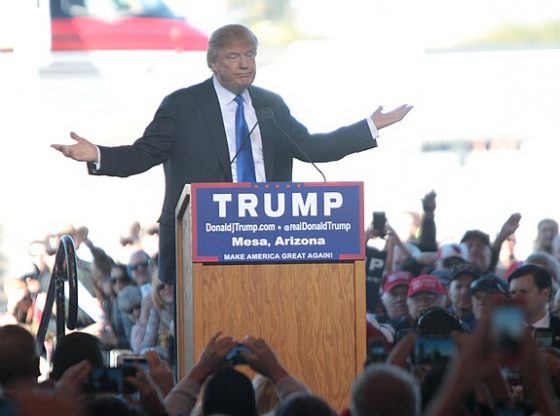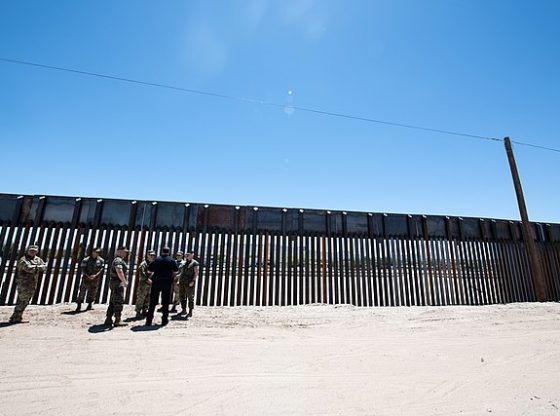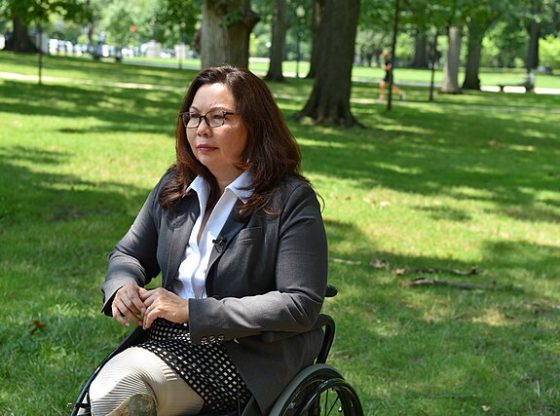We’re now within one month of the first votes being cast in the 2016 presidential campaign, and though there is disagreement about just how important the February Four states will be to determining the ultimate Republican winner, the early entities, at a minimum, are of clear significance. Today, we cover the Republicans; tomorrow, we reset the Democrats.
The voting calendar begins with the Iowa Caucuses on February 1st, followed by the New Hampshire primary on February 9th. Eleven days later, South Carolina Republicans vote in their party run primary. On Tuesday, February 23rd, both parties will conduct the Nevada Caucuses.
The four states, for the hotly contested Republicans, are assigned an aggregate of just 133 delegates. The February results will serve as a prelude to Super Tuesday voting, which will occur this year on March 1st. Fourteen entities will host either primaries or caucuses on that day.
The latest ten published polls from Iowa, taken from November 16th thru December 21st, either find businessman Donald Trump or Sen. Ted Cruz (R-TX) holding the lead. Five surveys, from Monmouth University, the Des Moines Register, Loras College, Fox News, and CBS/YouGov post Cruz to an advantage. Four give Trump a slight edge: Quinnipiac University (twice), CNN, and Public Policy Polling. One pollster, Gravis Marketing, has the two tied at 31% in the latest released poll (12/18-21/15). Cruz’s average lead is 8.6%. Trump’s average advantage is a much smaller 4.7%.
The last ten New Hampshire polls, conducted from November 15th thru December 22nd, all find Mr. Trump at the head of the pack. The polls, from the same research companies and news outlets as Iowa except for the additions of Suffolk University, MassInc/WBUR National Public Radio, Adrian Gray Consulting, Franklin Pierce University/The Boston Herald, and the American Research Group, while The Des Moines Register, Loras College, and Quinnipiac University are subtracted, project Trump with an average double-digit margin of 13.4%.
South Carolina has not been as widely polled as the first two states, so the time span among the studies is greater. The ten-poll Palmetto State window stretches from October 15th thru December 17th. Nine of the ten surveys project Mr. Trump in first position. The pollsters, CBS/YouGov (3), Clemson, Monmouth, and Winthrop Universities, the Augusta Chronicle, Fox News, Public Policy Polling, and Morning Consult, find Trump with an average scope of just over ten points. The one survey that didn’t find him leading, Monmouth University (11/15-18), saw Mr. Trump trailing Dr. Ben Carson by just one percentage point.
South Carolina is the only state of the first four to use a Winner-Take-All by congressional district system for delegate allocation. The largest of the four states in terms of delegation size (50 delegates), awards a candidate placing first in each of the state’s seven congressional districts three delegates for each CD in which the candidate places first, regardless of vote total or percentage. The statewide winner will receive 26 at-large delegates in addition to his CD totals.
Nevada is the least-polled of the four early states, and by a wide margin. Here, only three public polls were conducted during the October 3rd – December 27th period. Though the number is small, the polling trio agrees upon the conclusion: Donald Trump has a commanding lead.
CNN, Morning Consult, and Gravis Marketing conducted the latest polls and find Trump leading the field by an average of 26 points. It is important to note, however, that the most current survey, that from Gravis Marketing (12/23-27), finds Trump’s edge to be 13 points (33-20-11%, over Cruz and Sen. Marco Rubio), still a large advantage but not as dominating as the previous polls that suggested he enjoys a 30+ point margin.














